2026 Yamaha R7 gets major tech upgrade
2026 Yamaha R7 packs a more refined and agile chassis as part of its considerable overhaul.

Yamaha has revealed its brand-new 2026 R7, which arrives packed with electronic upgrades and a more refined and agile chassis.
With the R9 new for 2025, and enjoying plenty of success as it went on to win the World Supersport championship in its first season, it felt right that the R7 would be next to be updated heading into 2026.
And Yamaha hasn’t been shy in giving its middleweight sportbike plenty of TLC, starting with the company’s biggest update, which is the R1-inspired six-axis Inertial Measurement Unit (IMU). The R7 now comes with a full suite of lean-sensitive rider aids, including three power delivery modes. There’s also the inclusion of a three-stage, traction control system, with slide control also available at three different levels.
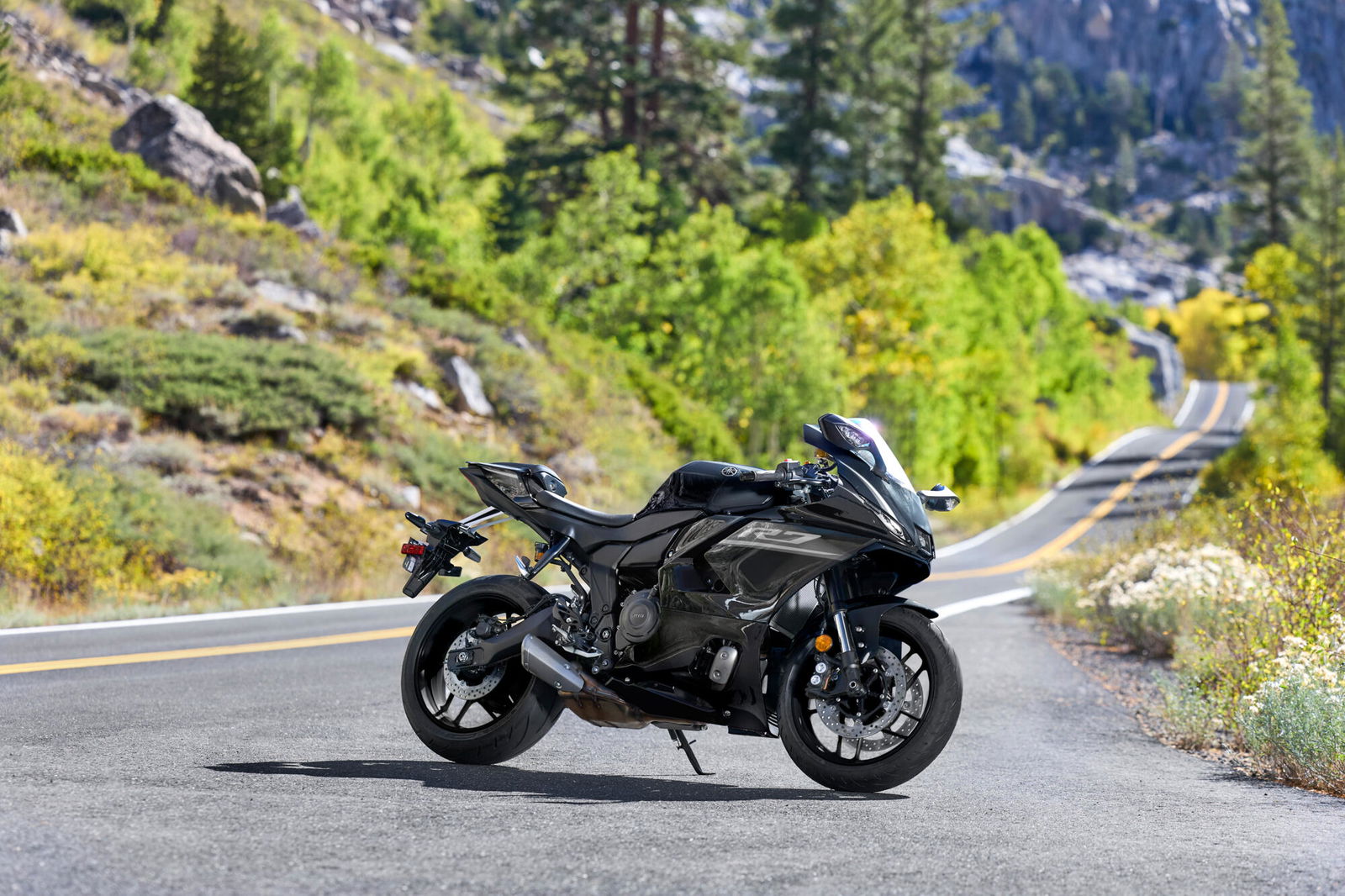
Lift control and brake control are part of the setup, too, while the R7’s Engine Brake Management (EBM) can now be altered between two levels, which either increase or decrease the level of engine brake needed. For those keen to get a taste of the new R7 at track days, launch control is also available.
The 2026 R7 comprises three set riding modes including Sport, Street and Rain. Additionally, there’s the option to create two Custom settings, which the rider can do by manually selecting their own desired settings via Yamaha's MyRide app.
Also new for 2026 is the addition of the Japanese brand’s Yamaha Chip Controlled Throttle (Y-CCT) system, which was first introduced on the 2006 R6 and more recently has been adopted by the R1 and R9.

The result of this is a rev range that’s smoother than before, and a more controlled and precise power delivery, according to Yamaha. The heavily updated R7 also gains Yamaha’s third-generation Quick Shift System (QSS), which now offers two different settings.
Yamaha says the first setting allows “clutchless upshifts while accelerating and clutchless downshifts while decelerating, and Setting 2 permitting downshifts while accelerating and upshifts while decelerating to suit a wider range of both road and track scenarios”.
Chassis refinements mean greater agility
Another change for 2026 is the R7’s frame, which has been completely updated, all while maintaining the same weight as the previous model.
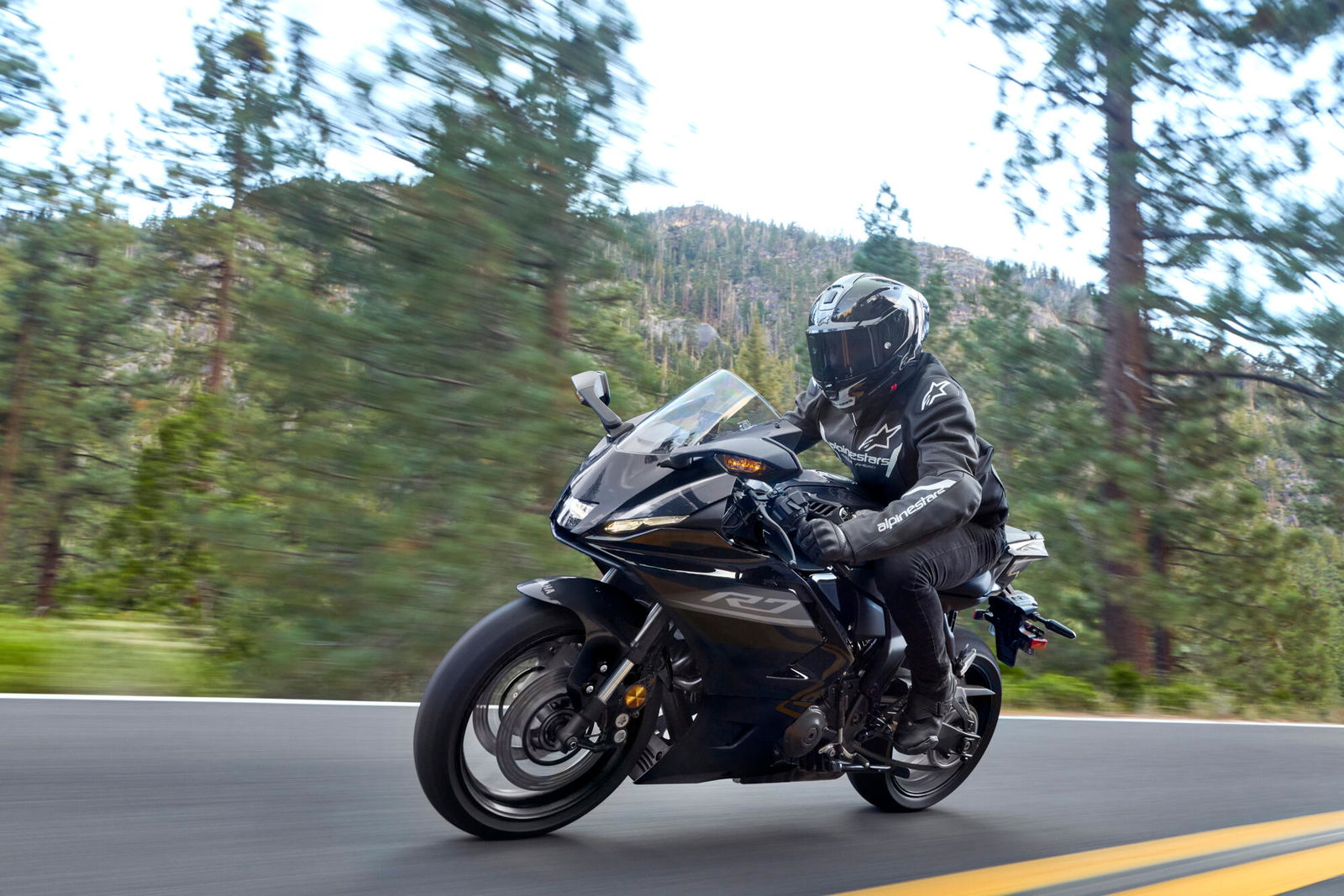
The pipe layout, diameter, thickness and reinforcement have all been changed and optimised, says Team Blue. The centre brace now uses steel plates with plastic covers to improve stability, while the new triple clamp is also different in its shape.
The chassis revisions see the R7 use 41mm inverted front forks which now feature aluminium instead of steel piston rods. Yamaha says this has reduced the overall weight by 350g. The front fork is also fully adjustable for preload, rebound and compression damping.
For the first time, the R7 has also adopted Yamaha's SpinForged wheels as part of its apparent aims to shed weight.
The R7's riding position is next up on the long list of modifications, with re-positioned handlebars “making for easier upper body movement and a re-designed fuel tank allowing for greater freedom in moving forwards and backwards on the bike”, Yamaha states in its press release.
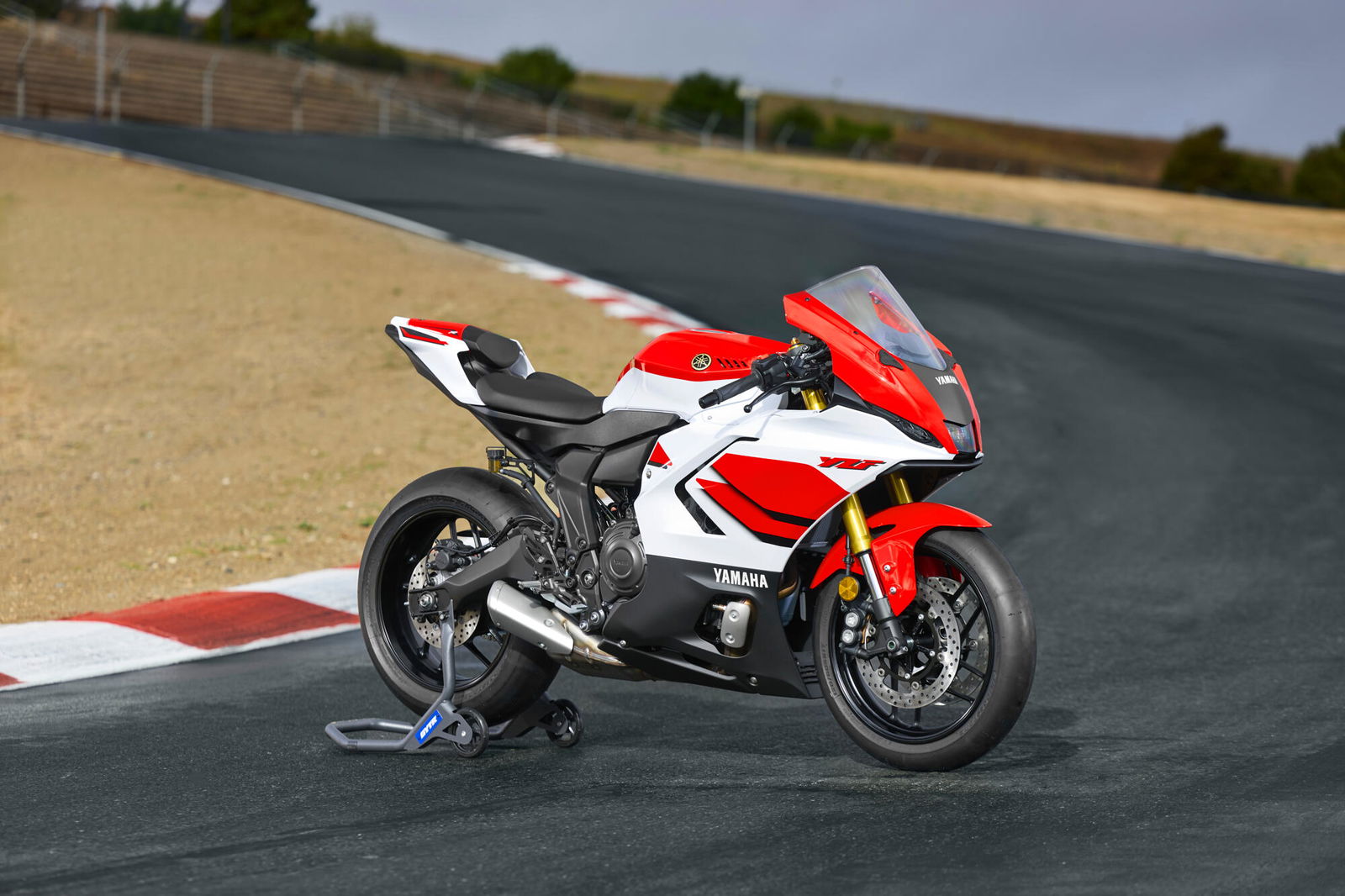
The seat has been lowered ever so slightly by 5mm (down from 835mm to 830mm), while its sharper-looking seat brings it closer to the R1 and R9. Continuing the theme of mirroring the R1, the new R7 now features the same footpegs as its bigger sibling.
Further changes have been introduced with the switchgear even getting a makeover. Auto-cancelling indicators have been added, as has cruise control, and an emergency stop signal.
Unchanged for 2026 is the engine, with the R7 keeping its 689cc CP2, liquid cooled, inline two-cylinder unit that produces 72.4bhp at 8,750rpm and 50.1 Ib-ft of torque at 6,500rpm.
The new R7 comes in three colours which are the traditional Icon Blue, Midnight Black and a new Anniversary White, which celebrates Yamaha’s 70th anniversary.
Find the latest motorcycle news on Visordown.com.
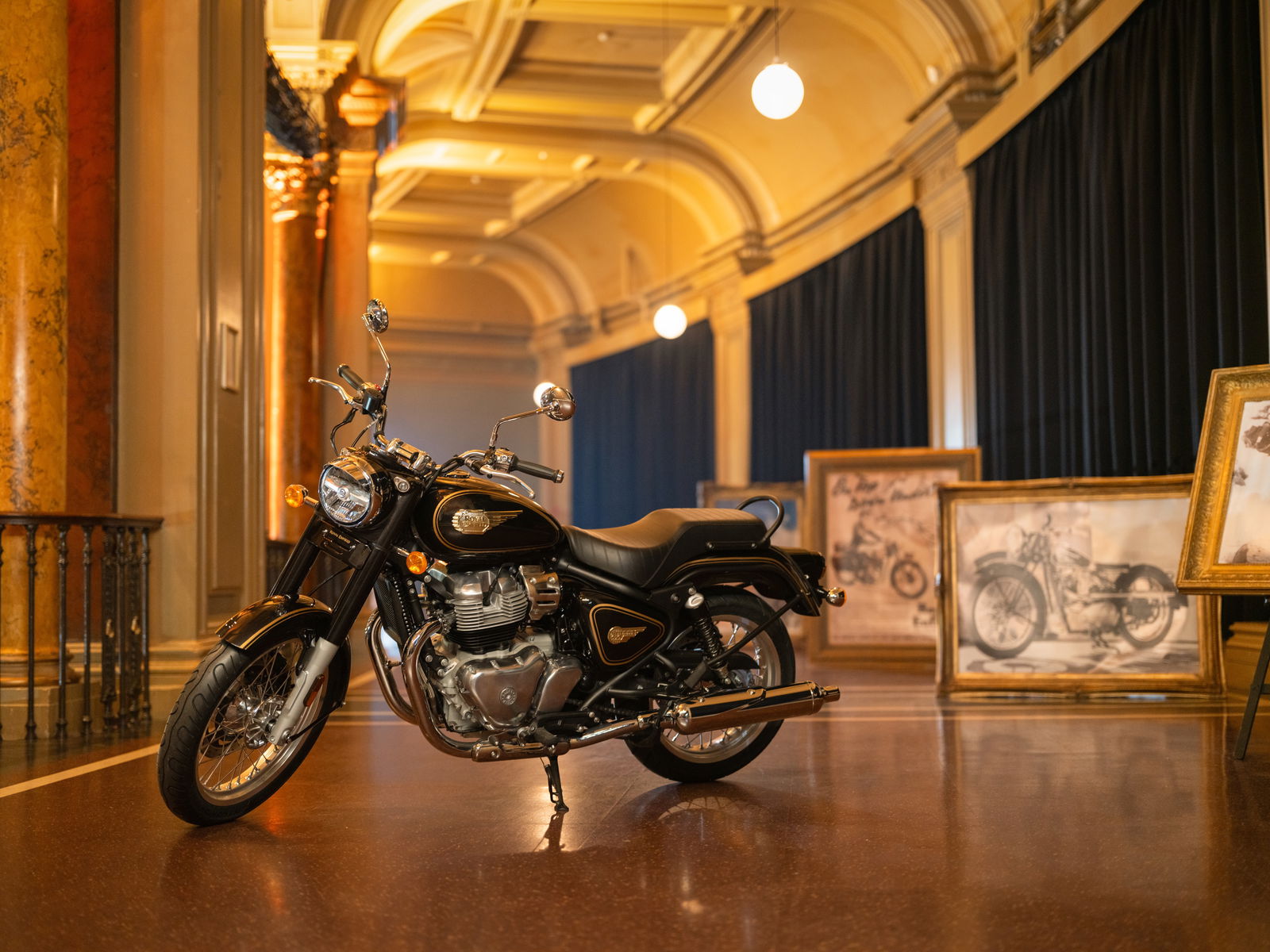
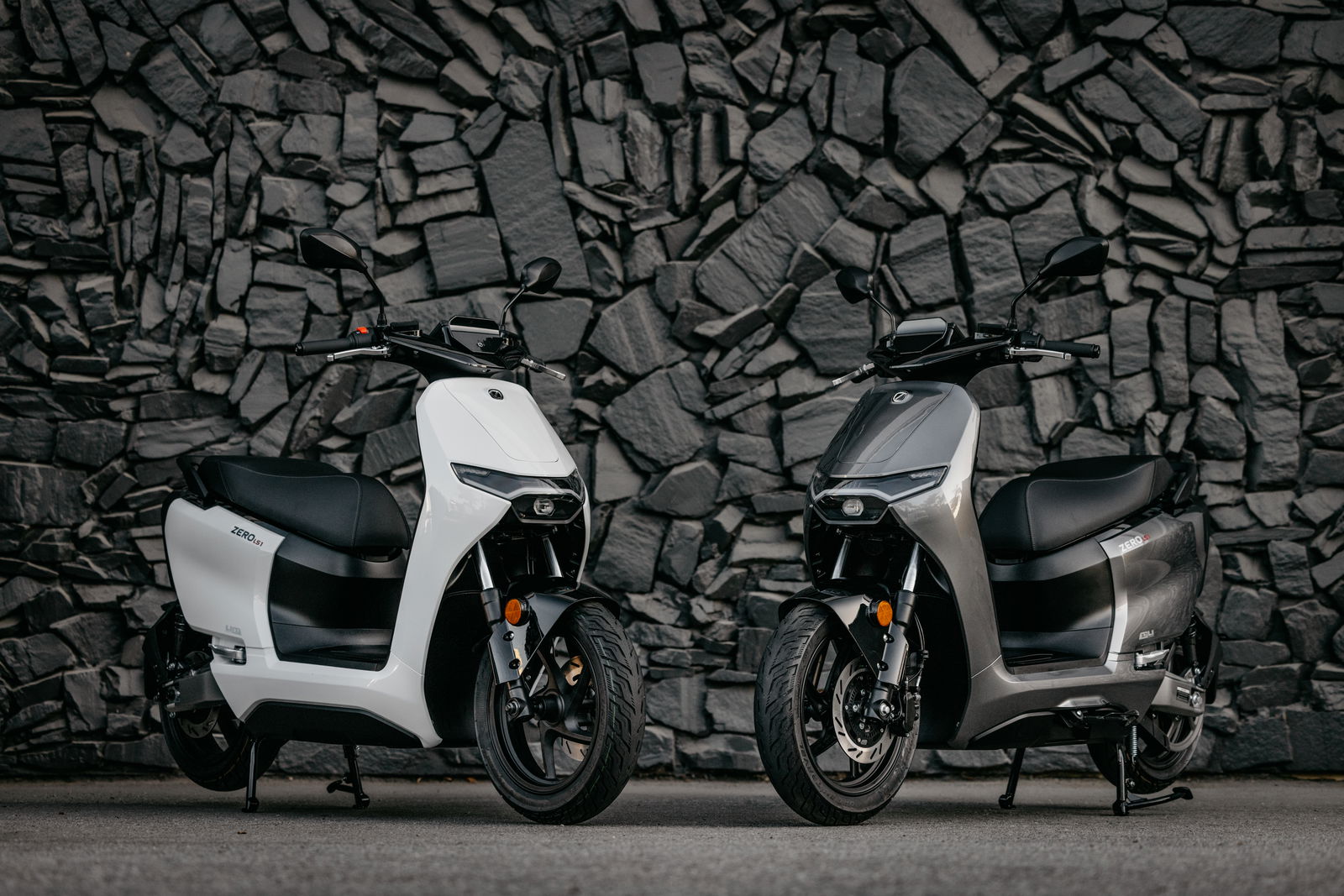
 (1)_0.jpg)